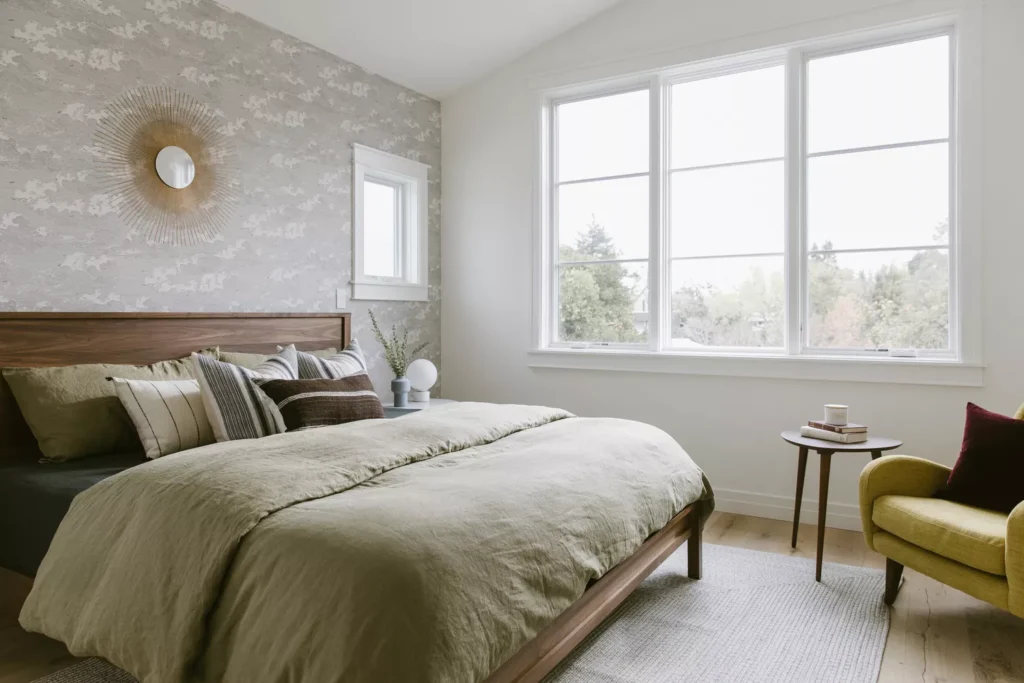Designing a room from scratch can be intimidating, especially if you’re doing it yourself. However, interior design is more art than science, and there are no strict rules. If you need guidance, this comprehensive guide will help you design your space like a professional.
1. Set the Mood
Brightening Neutral Rooms Neutral rooms can be easily brightened with accessories that can be changed out. To create an interesting space, if you decide on a color theme like green, pink, or blue, choose three complementary shades. Creating a Monochromatic Look If you prefer an all-white room, sticking to shades of white allows you to mix and match furniture styles and periods with ease. Building on Existing Finishes When aiming for a makeover rather than a remodel, consider how to enhance the room’s existing flooring, wall color, and fixtures without renovating. If starting with an empty room, refinish floors, paint walls, add tile, wallpaper, or wall panels, or install cabinetry before bringing in furniture and accessories. Choosing Anchor Pieces When designing a living room, focus on your anchor piece, usually a sofa, before selecting throw pillows. Making your biggest, most expensive purchases first will ensure quality for high-use items and help maintain a realistic budget. Selecting Secondary Furniture After choosing the perfect sofa, look at coffee tables to determine what sizes and styles fit well, or consider an oversized pouf. If you chose a rustic wooden farm table in the dining room, add contrast with contemporary metal chairs. Choosing Rugs, Curtains, and Textiles With a sense of how the room flows, choose rugs, curtains, and textiles that complement your anchor pieces and add color, pattern, texture, and interest. Lighting Up Your Space A successful room design hinges on lighting. Maximize natural light during the day and add layered options for the evening, from task lighting to ambient table lamps or sconces, to pendant lighting that serves as décor. Light all four corners of the room to avoid shadows and promote well-being. Accessorizing Your Room With essentials in place, take a step back and consider what’s missing. Select and hang art, photographs, or mirrors. Add decorative pillows and throws, style shelves and tables with design books, candles, decorative objects, plants, or souvenirs. This is your chance to add texture and personal touches to bring the room to life. Arranging Photo Frames on a Wall How to Arrange Three Photo Frames on a Wall

